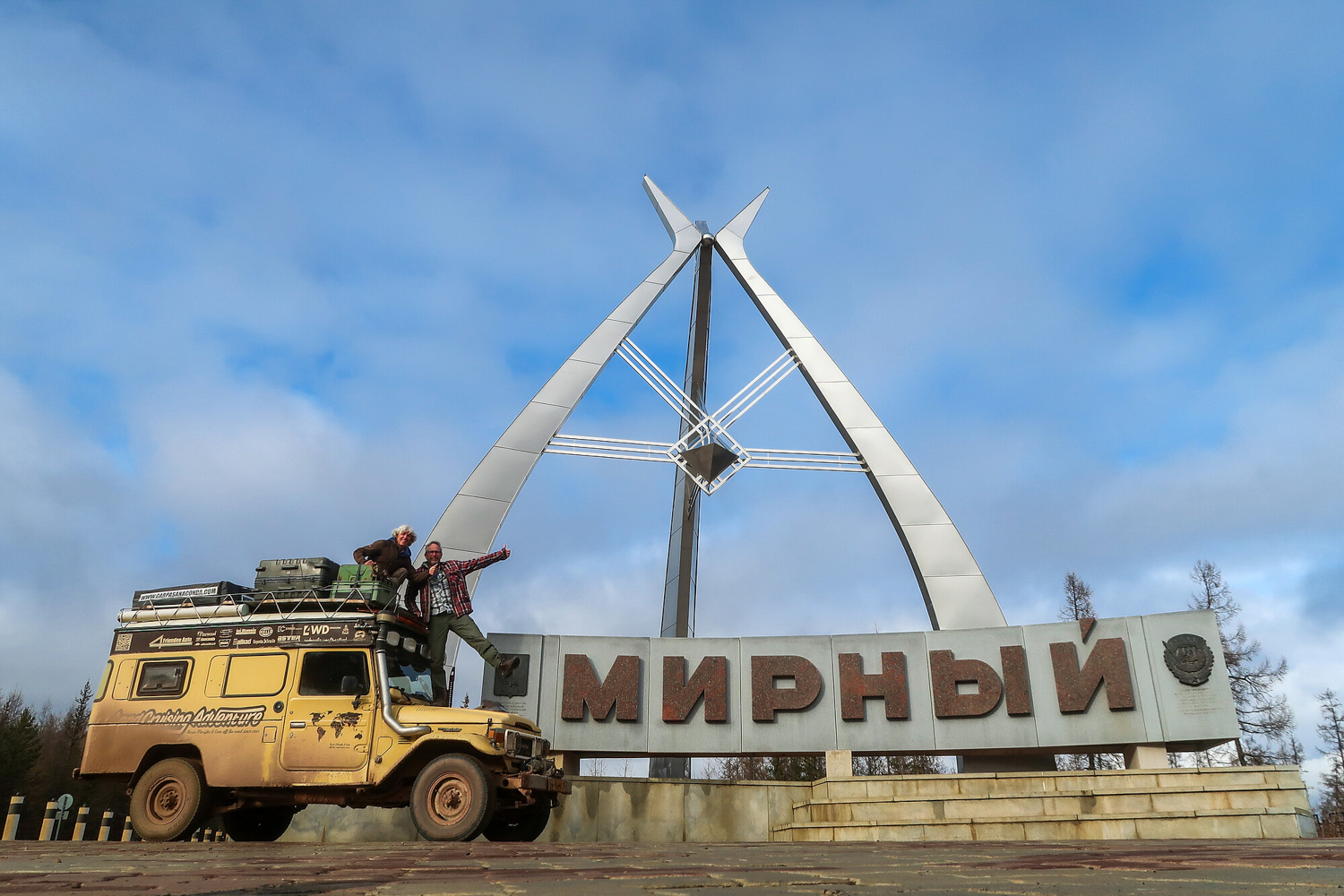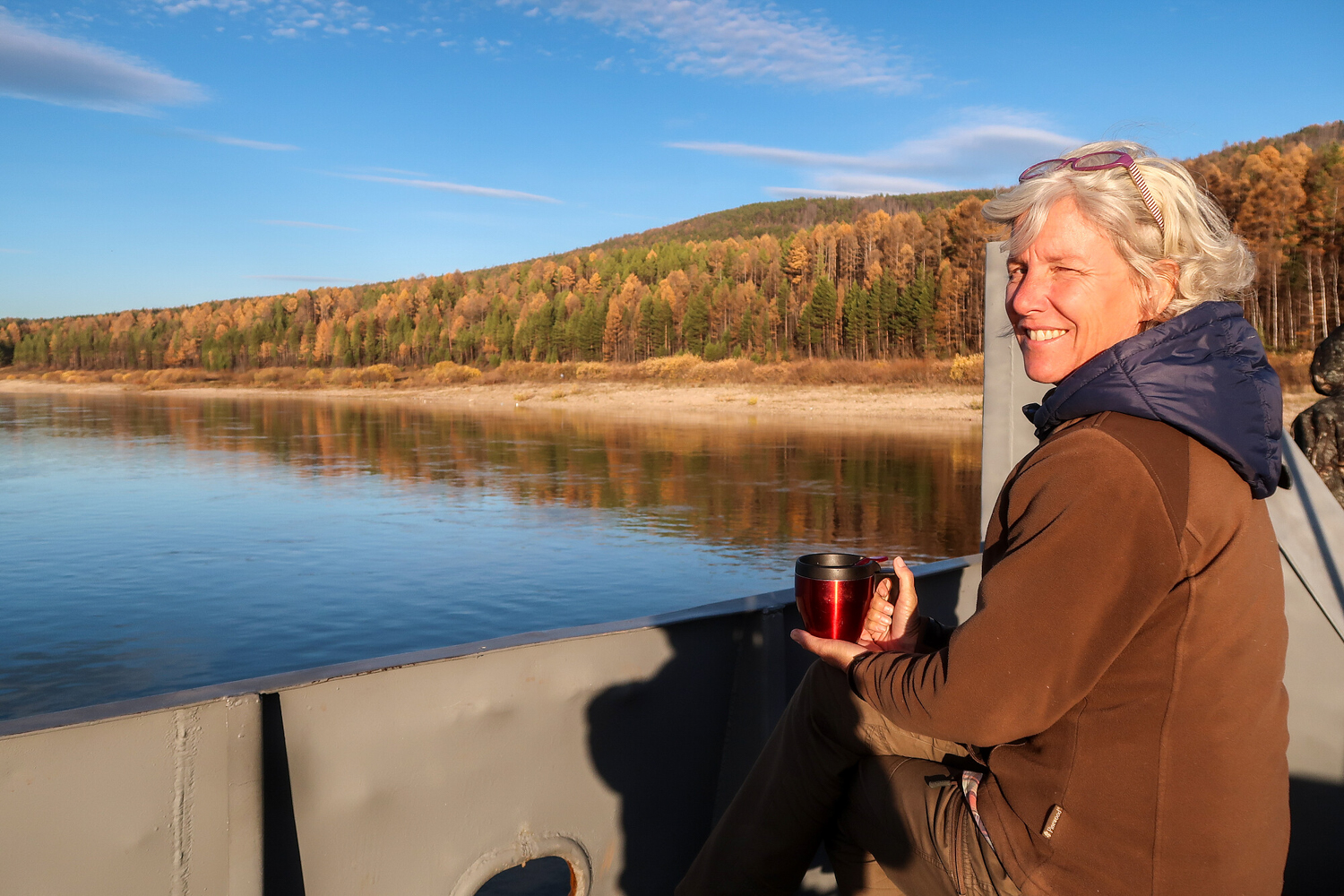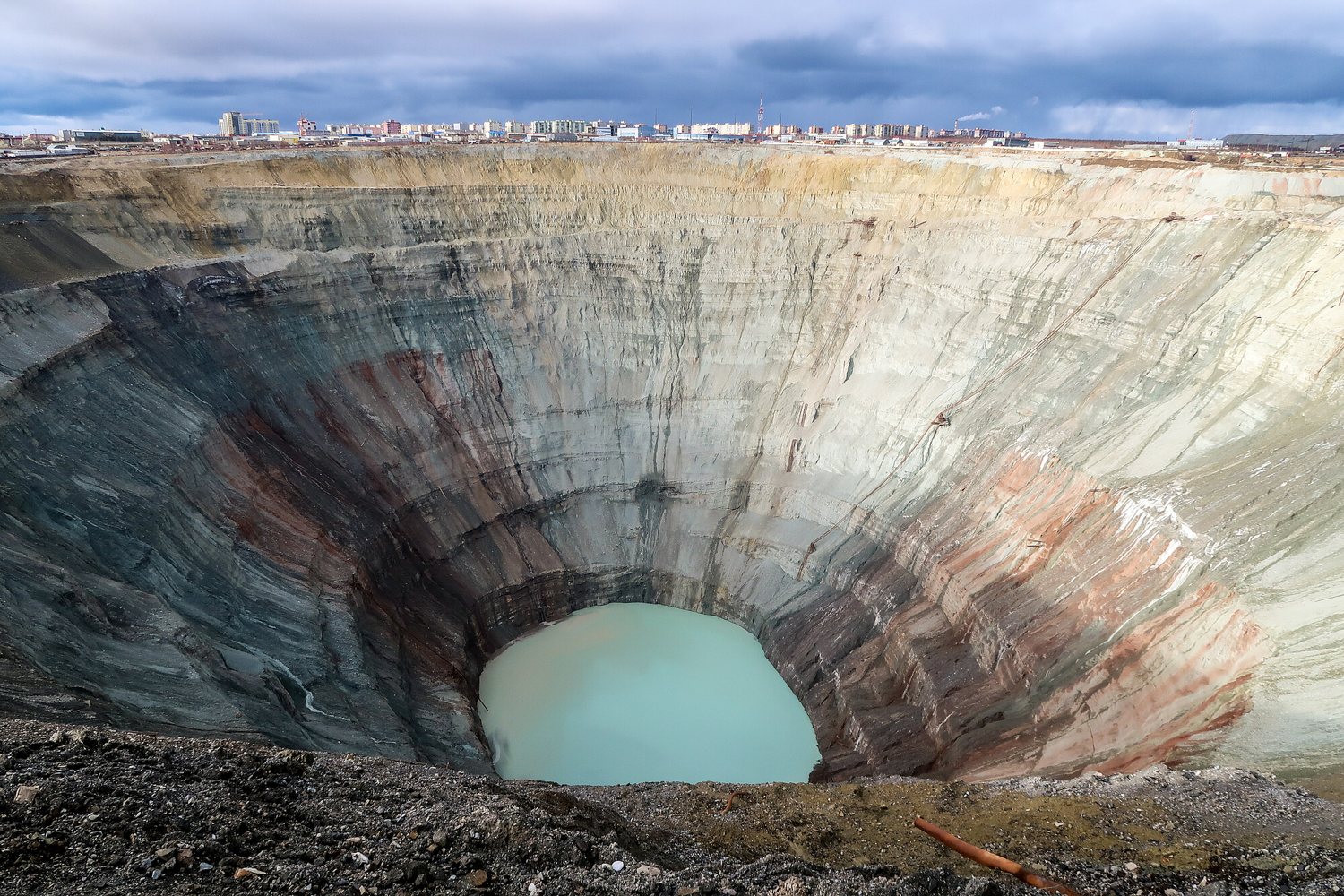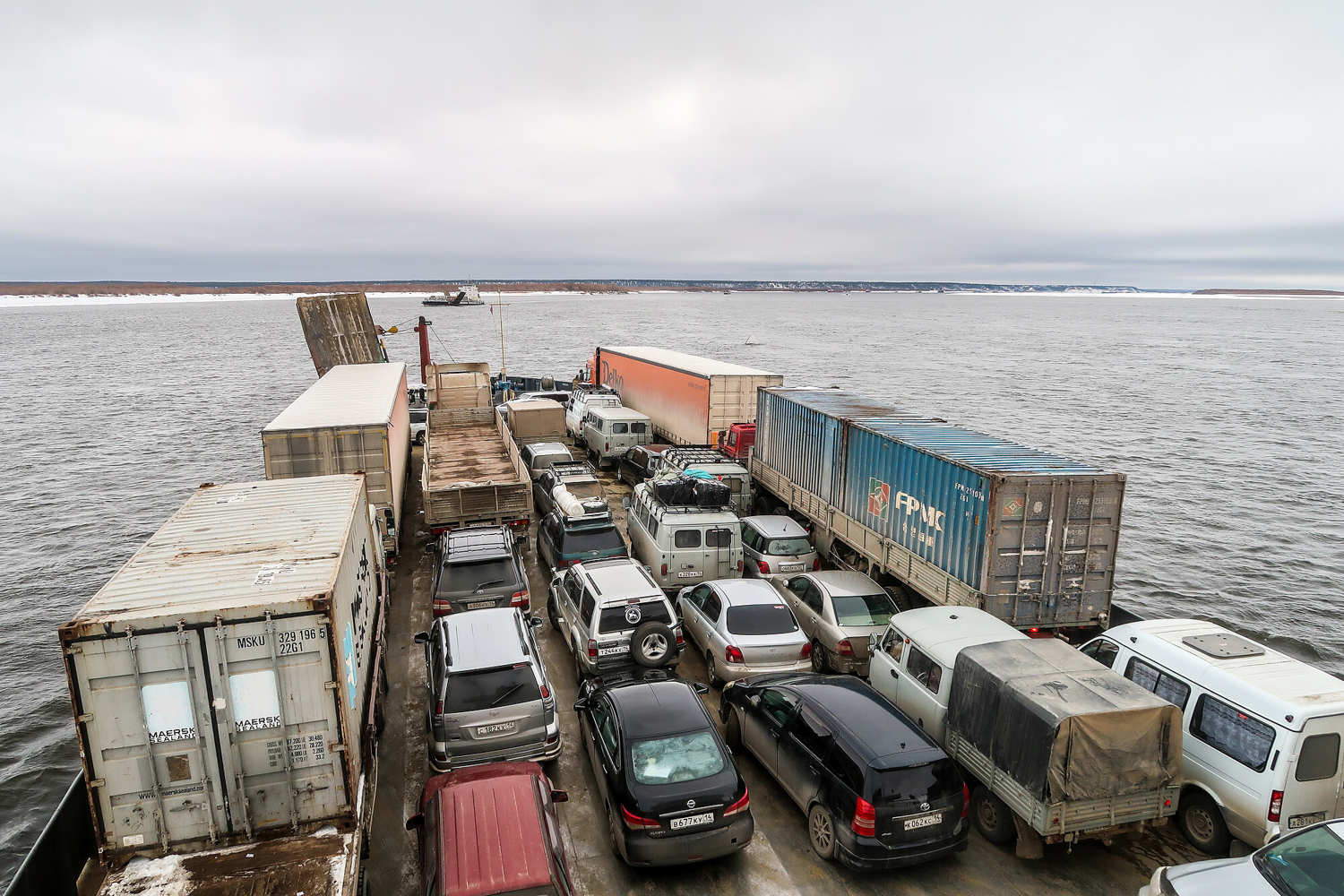Geographically speaking, Siberia comprises some 77 percent of Russian territory stretching from the Ural Mountains in the west to the Pacific Ocean in the east. Vast and wild, largely consisting of taiga and tundra, it is sparsely populated. Looking at a map, you will see that no roads traverse northern Siberia; road trips are limited to the southern part.
Driving through Siberia is an adventure, no matter what road you take. Sticking to the 4000-mile, asphalted main road from Omsk in the Ural Mountains, where Siberia begins, to Vladivostok in the far southeast is an epic trip in itself that requires some stamina. However, an overland adventure isn’t complete without stopping along the way and exploring what lies beyond the standard route and major roads. You’ll find plenty of opportunities to challenge yourself as well as your overland vehicle on rugged roads and trails. Siberia is a region rich in history, inhabited by a mixture of ethnic groups that each have their own culture. It’s heaven for visitors who love vodka, meat, and herbal tea, all of which are best appreciated in the company of gregarious locals.
Having misunderstood the restrictions of our visas, Coen and I ended up spending part of the winter in Siberia. And yes, that definitely notched up the adventure. Winters are not only cold but also extremely long in this part of the world. But in retrospect, the part of our journey driving through snow and on ice added to the thrill of being here.
Six months was not enough for us, and we are determined to return. Here’s why you may want to add Siberia to your overland bucket list too.
Photos: Coen Wubbels
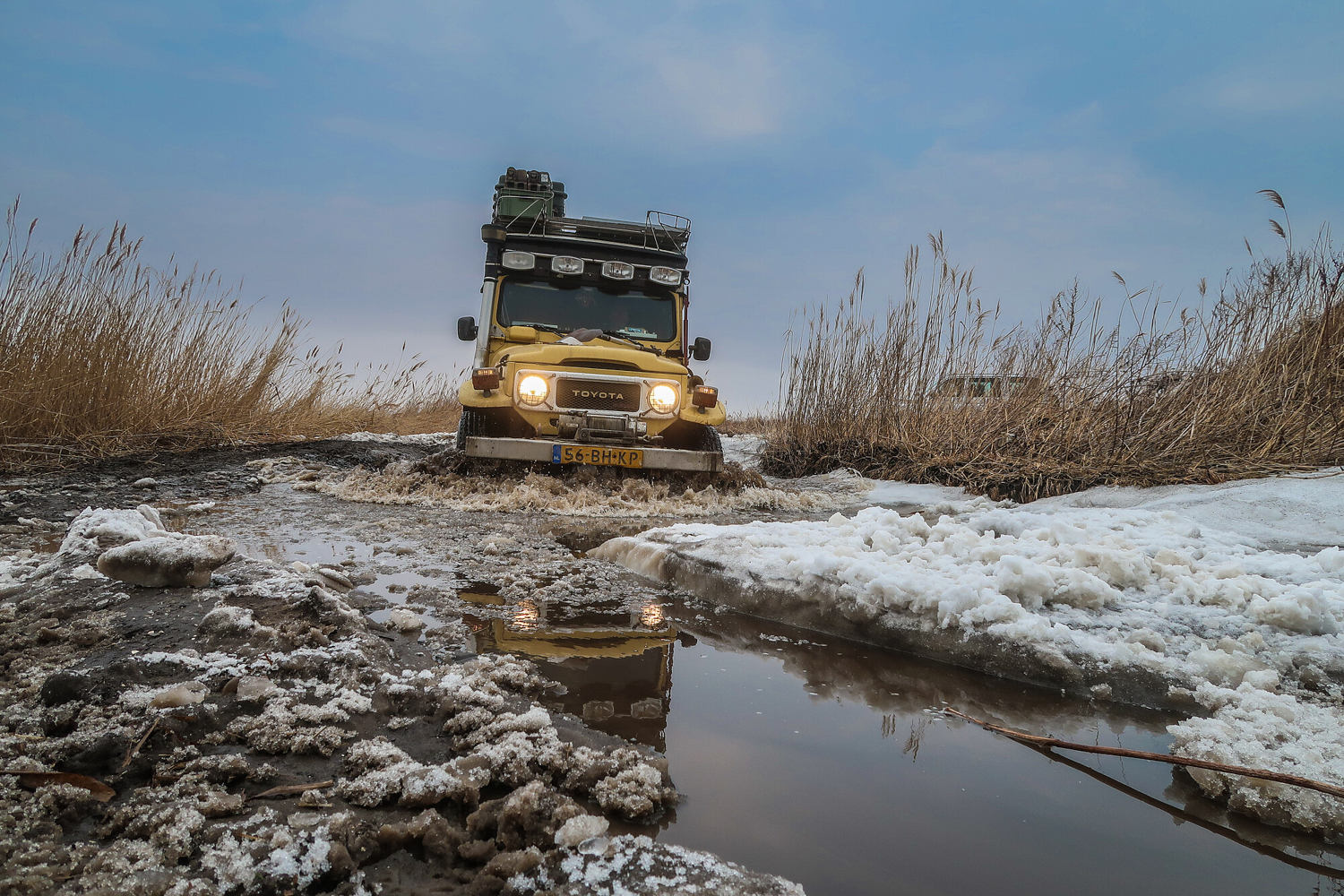
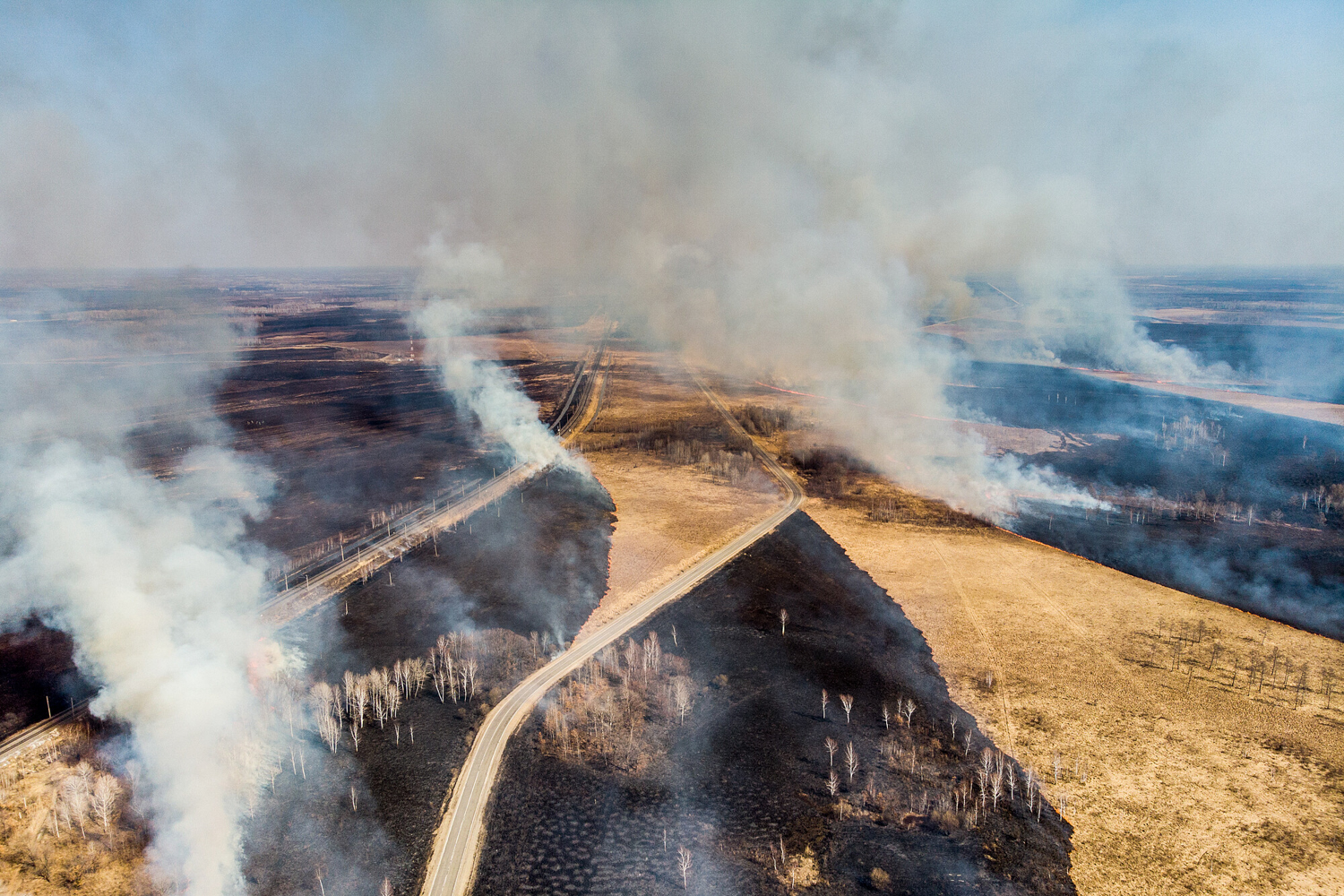
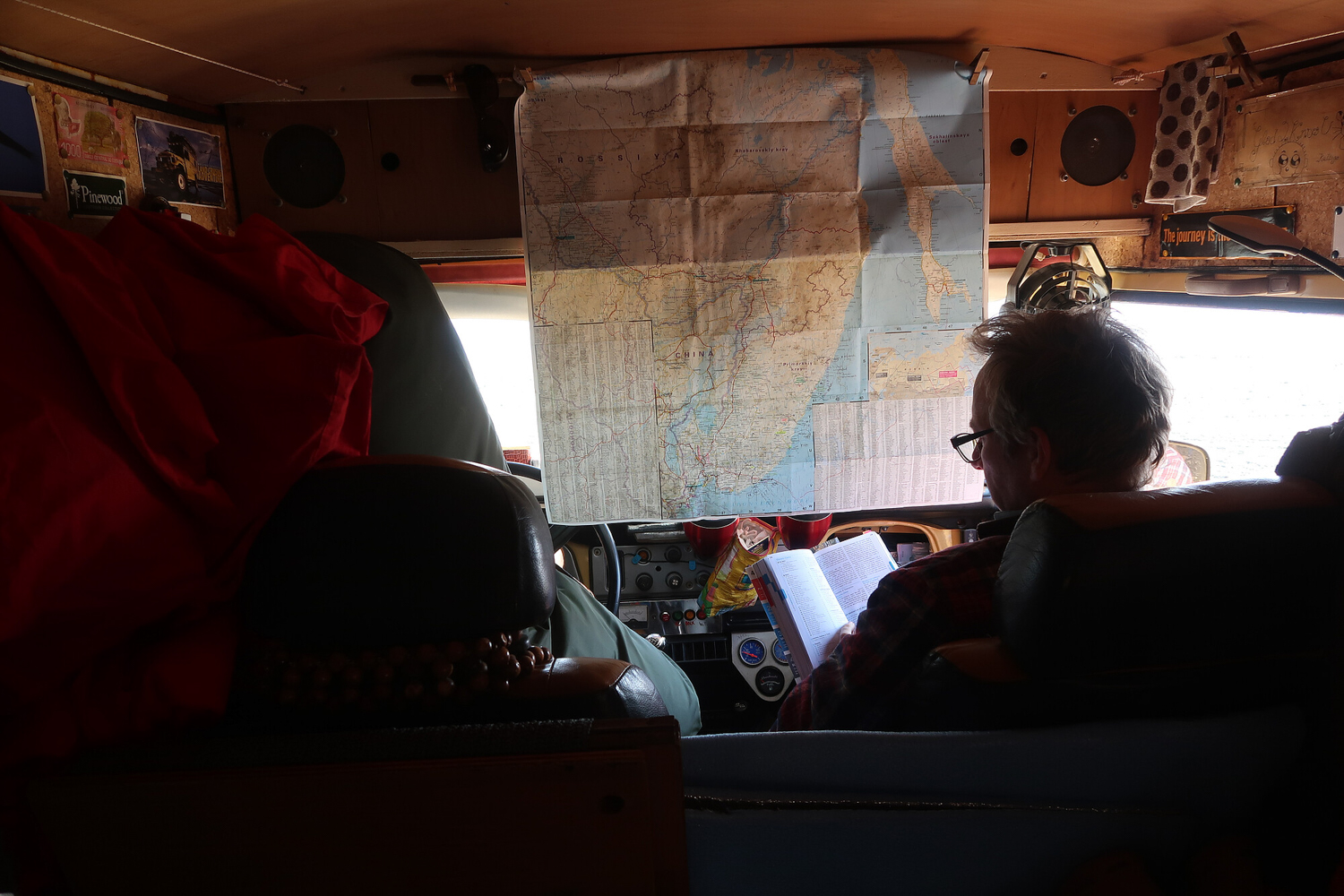

1. Find Adventure
As said before, driving the main asphalted roads is challenging enough because of the distances you need to cover. However, Siberia offers plenty of extras to add to the fun. Follow Lake Baikal’s eastern shore and head into the remote, dead-end Barguzin Valley. Take time to explore the fabulous mountainous province of Primorsky Krai in the southeast (with Vladivostok as its capital) with a gorgeous coast of little or uninhabited peninsulas and bays with translucent water. Meandering roads and trails deep into the Altai Mountains beckon any overlander. Or, for the true adventurers, find your way north of Lake Baikal to the infamous Vitim bridge, or via Lensk to Yakutsk (partly by boat), and possibly as far as Magadan across the notorious Road of Bones.
The disadvantage is that Russia doesn’t “do” loops. As somebody said to us, Russia is the country of dead-end roads, making most add-on journeys extra long because you’ll have to retrace them back to the main road.
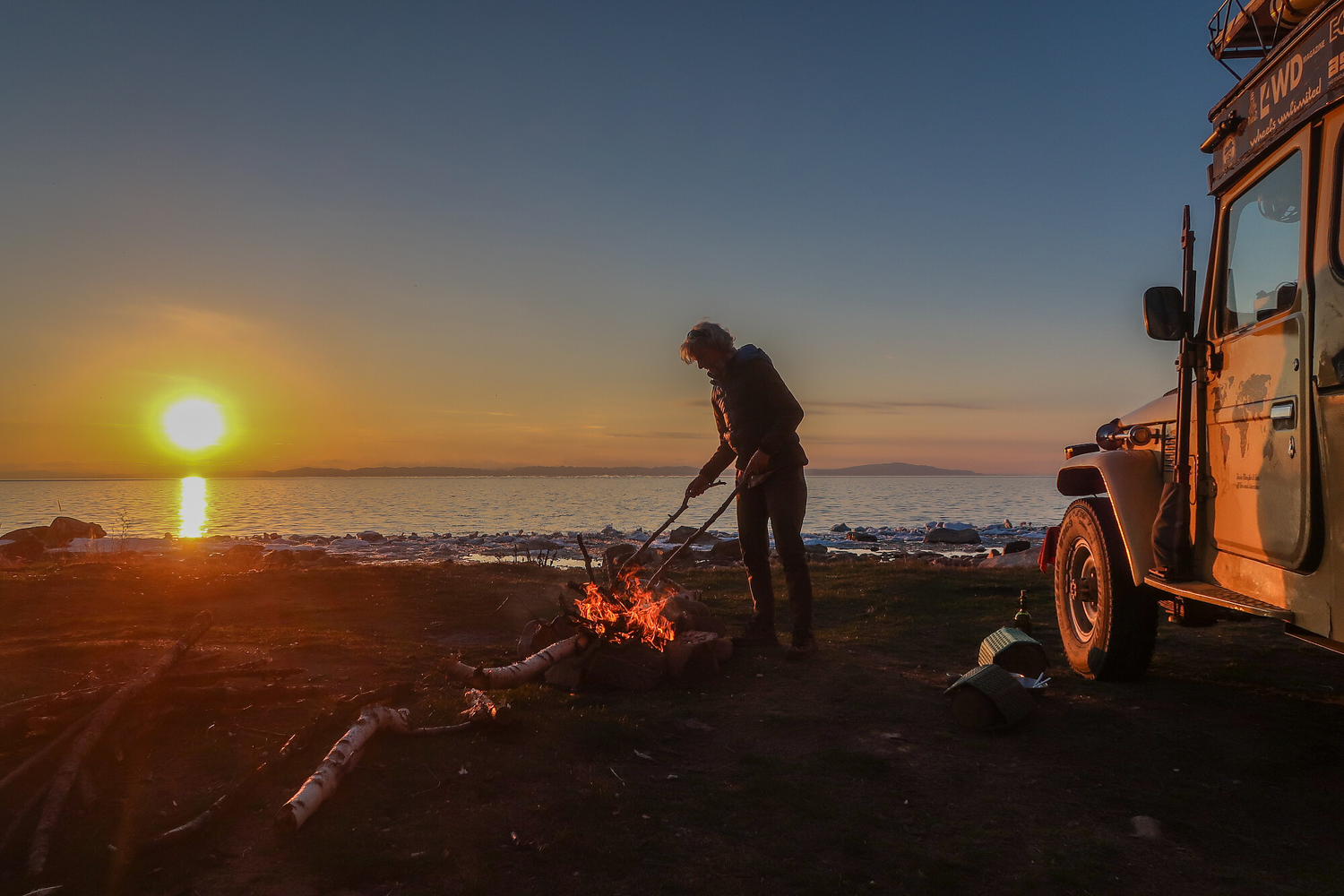
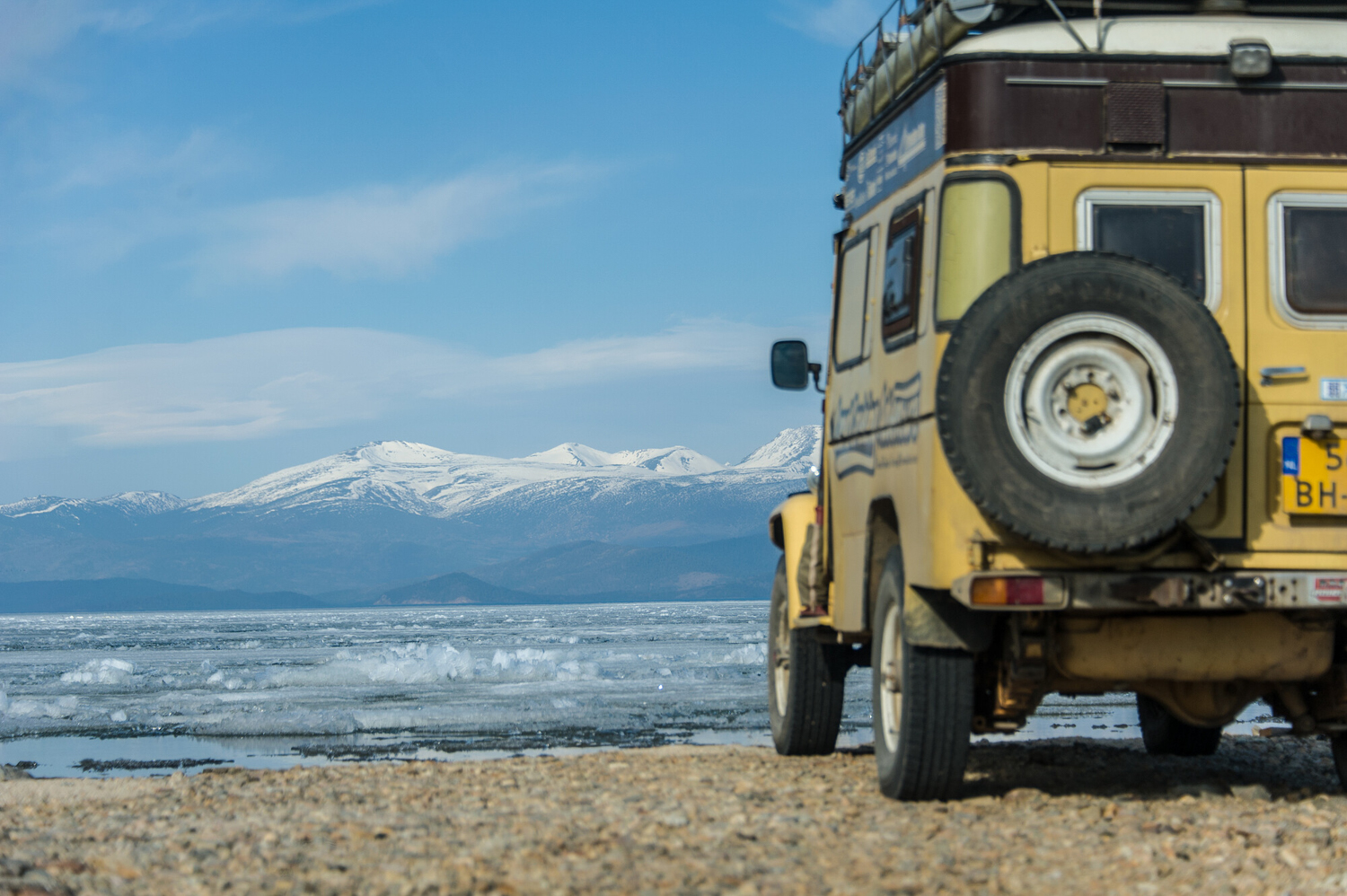
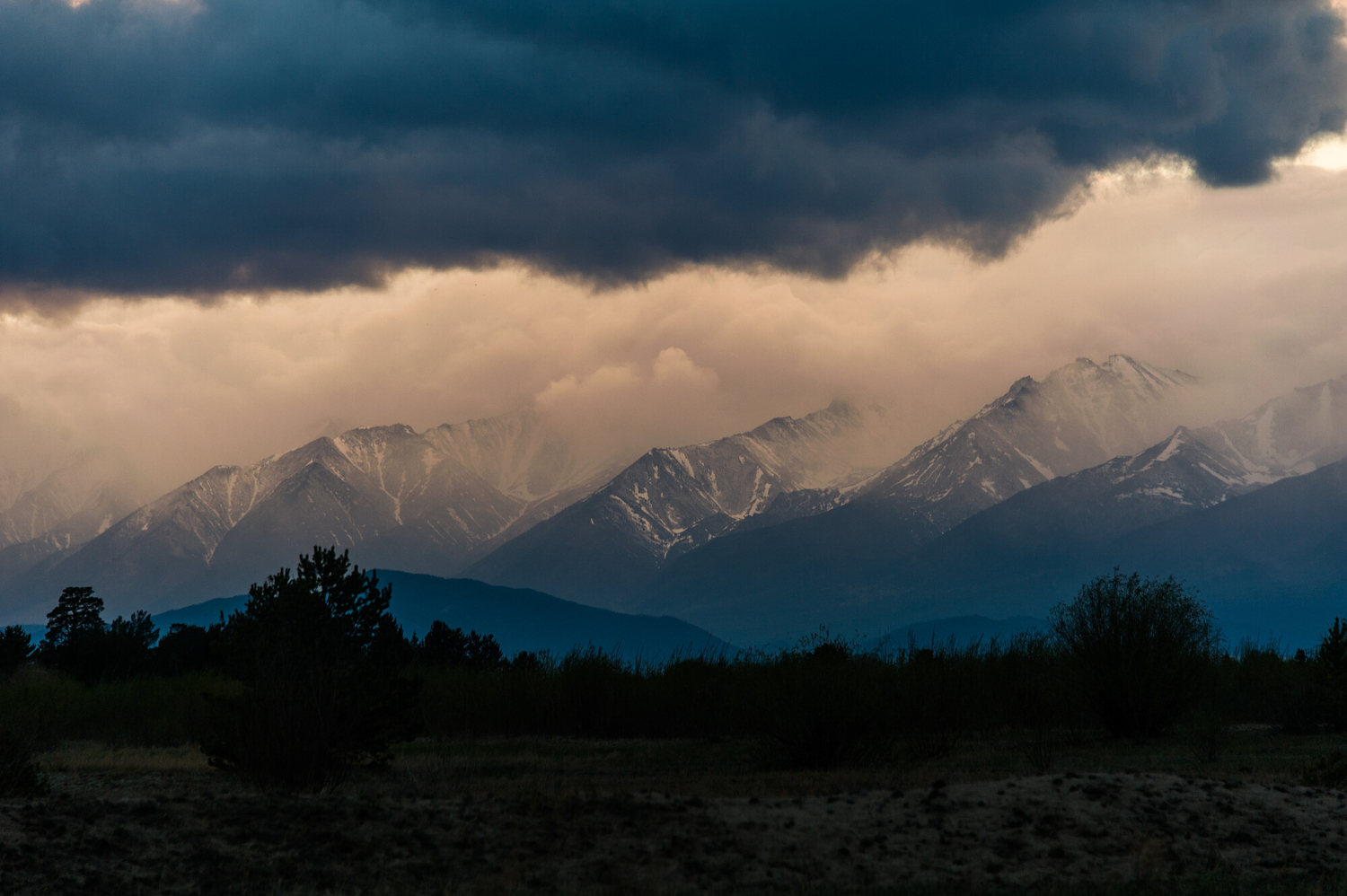
2. Get to Know Different Cultures
Siberia isn’t just home to ethnic Russians. As you meet people, you will learn that many locals, or their descendants, may hail from Kazakhstan, Georgia, Ukraine, Uzbekistan, or other former Soviet republics. Some have ended up in Siberia as a result of the infamous gulag era of forced colonization. Others migrated in search of a better future in the still little explored lands.
Before these migrations, many ethnic groups already inhabited the region for millennia, such as the Evens, Tuvans, and Altai People. Some indigenous people still live in small groups far away from populated areas; others are easier to meet. Among the best known are the Buryats, a Mongolian people who live south of Lake Baikal. Many are Buddhist—do visit their colorful Buddhist monasteries. Meet the Yakuts, or Sakhas, a Turkic ethnic group that lives in the northeastern section of Siberia. They are traditional reindeer herders, but these days the majority lives in cities or villages. Along the Amur River, you may come across settlements that are home to Nanai people.
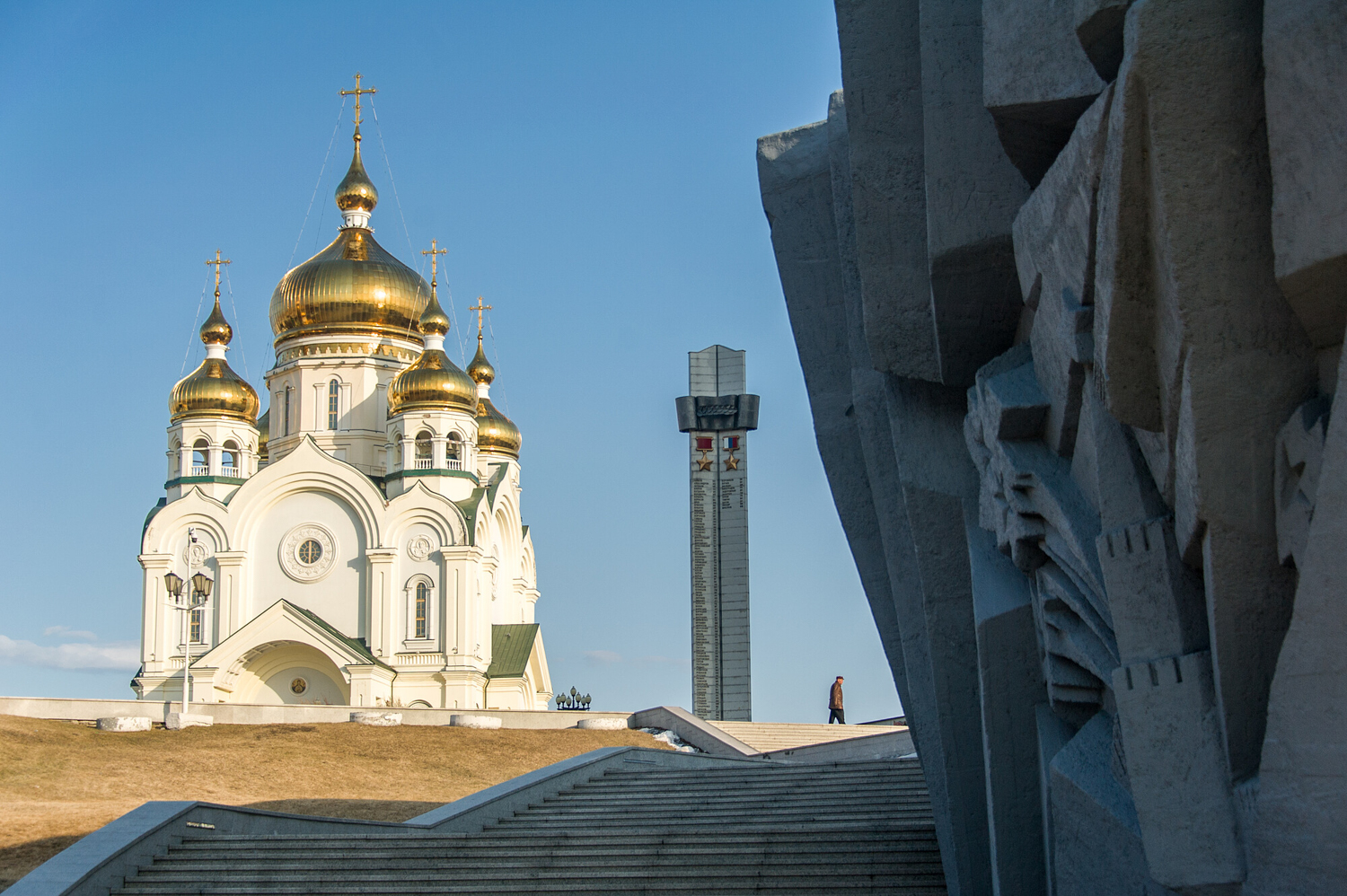

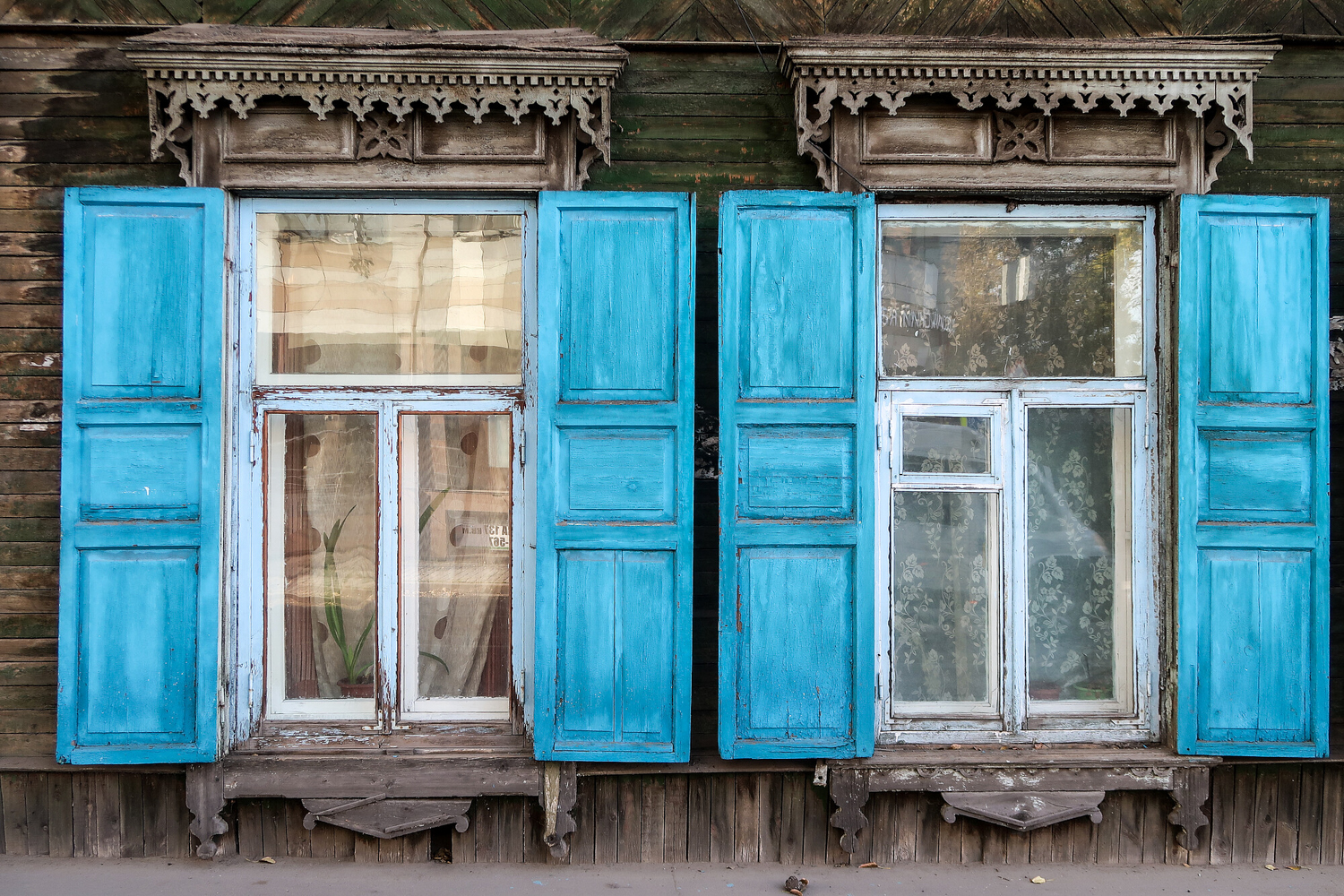

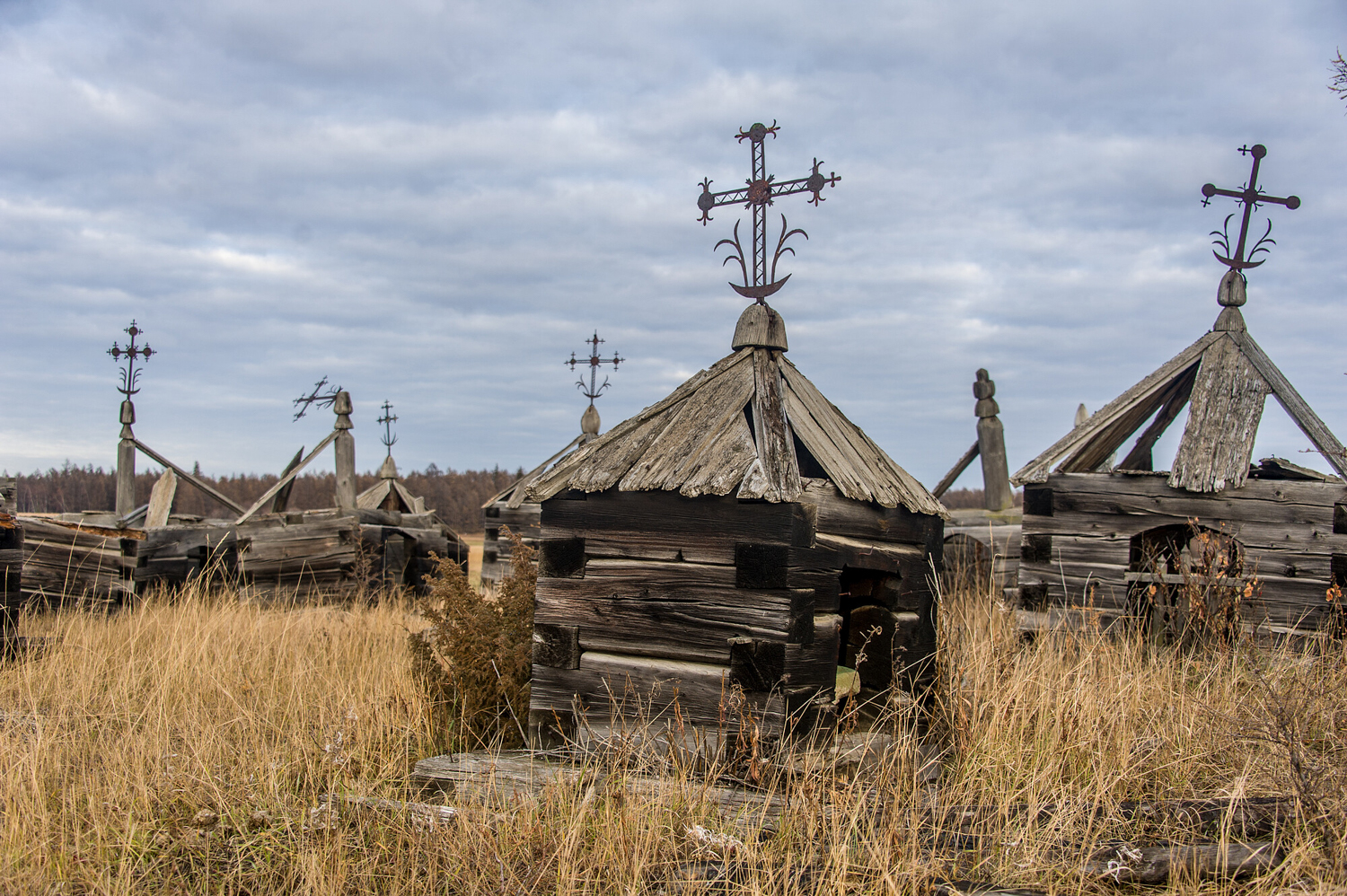
3. Stay with Russians and Enjoy Their Food
What is traveling about if not meeting people? While Russians have the image of being reserved (here’s why they don’t smile much), in Siberia, you’ll come across the kindest and most hospitable people. Believing the only thing Russians drink is vodka, it came as a big surprise that in many homes we were served delicious tea, often brewed from fresh herbs harvested in the forest or grown in vegetable gardens.
Staying with locals brought us to luxurious villas in gated communities and two-room family apartments in one of the many typical five-story Khrushchevka buildings built in the 1950s-1980s. Often derelict on the outside, the interiors are often surprisingly well kept and modern. People may have dachas, countryside homes with a vegetable garden or fruit orchard of some sort. In fact, many people grow (part of) their own vegetable supply, and in winter, we were often served homemade pickled tomatoes, sauerkraut, cucumbers, sweet onions, as well as all kinds of dried berries.
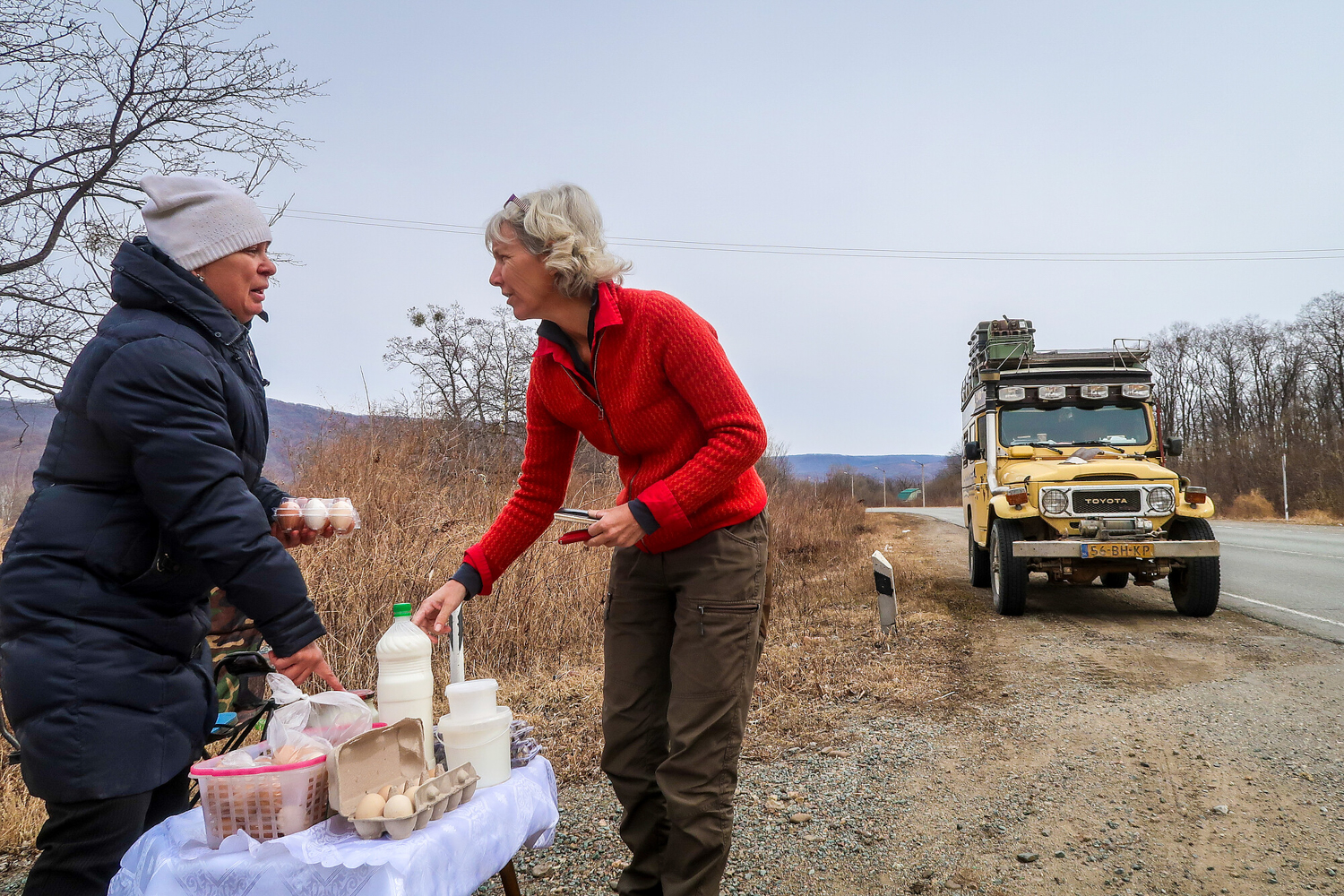
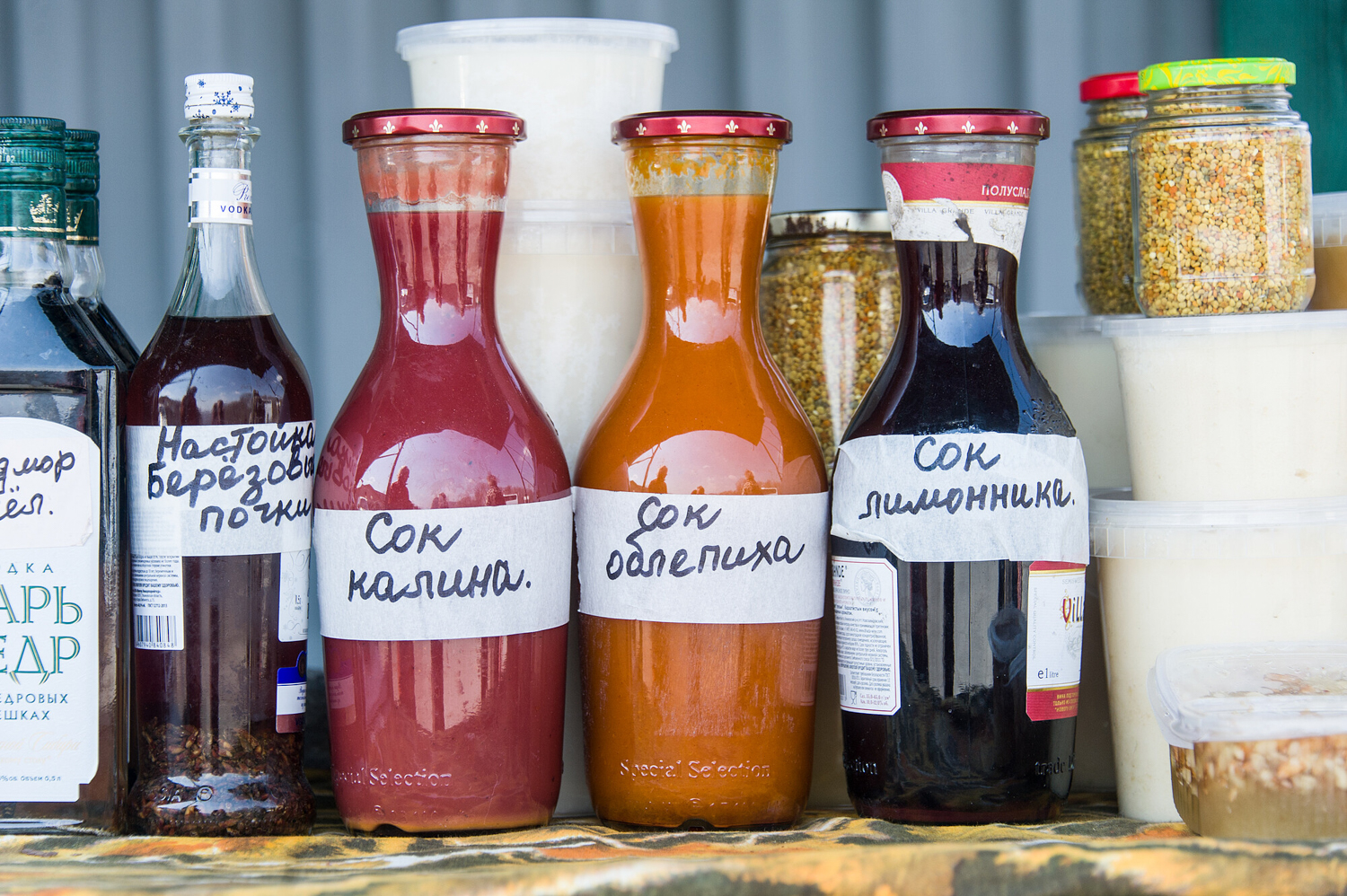
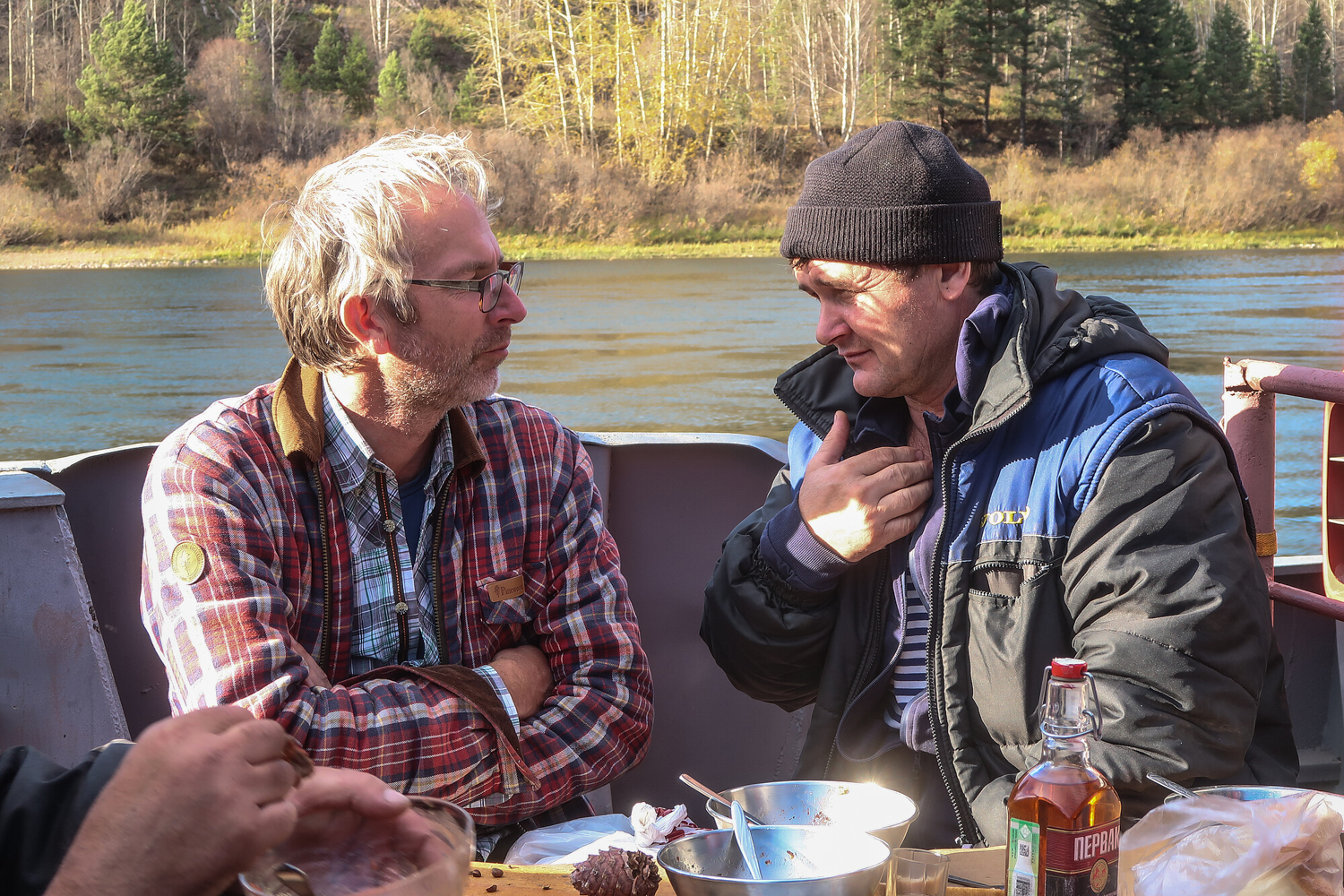

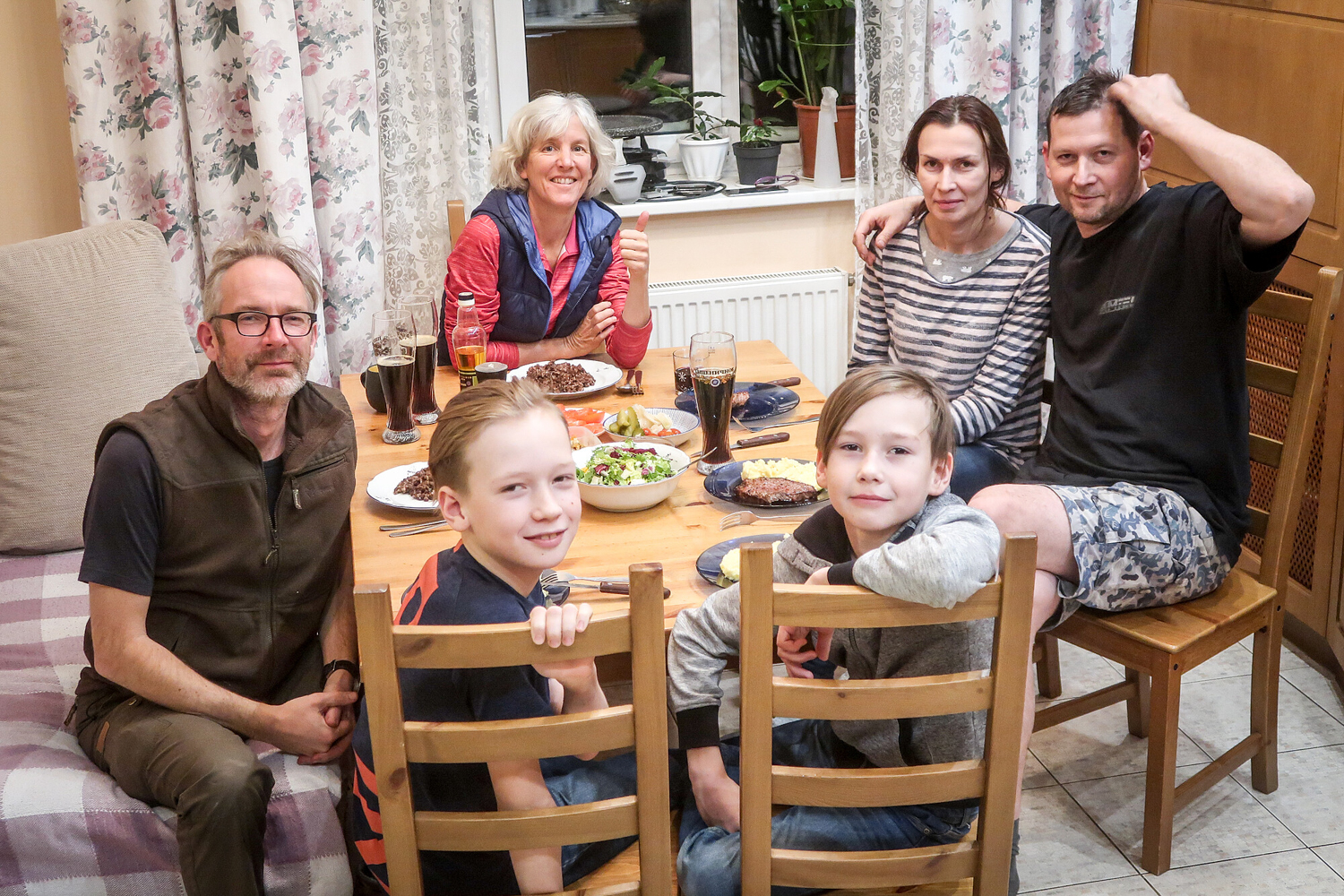
4. Experience a Real Winter
While parts of the world such as Northern America and Scandinavia have severe winters with lots of snow, many other parts of the world don’t. In the Netherlands, these days we get a couple of snowflakes, and ice skating on frozen lakes and rivers has become a rarity. As such, for many overlanders, Siberia is the ultimate destination to experience what a serious winter feels like. With packs of snow and freezing temperatures of -4°F being common (the coldest place recorded is -90°F), you had better dress warm (bring thermal underwear) and make sure your heater works (here’s how to prepare for an overland adventure in winter)
In return for the suffering, you’ll be rewarded by vast landscapes covered in snow that are simply mind-blowing and, of course, by the famous Russian hot baths called banyas (here’s how to properly enjoy one).
The disadvantage of driving in winter is that many, if not most, trails and smaller roads into the interior are impassable, limiting your journey mostly to asphalt. On the other hand, if you are here in the heart of winter (December-February), you may be able to drive on rivers and even Lake Baikal. 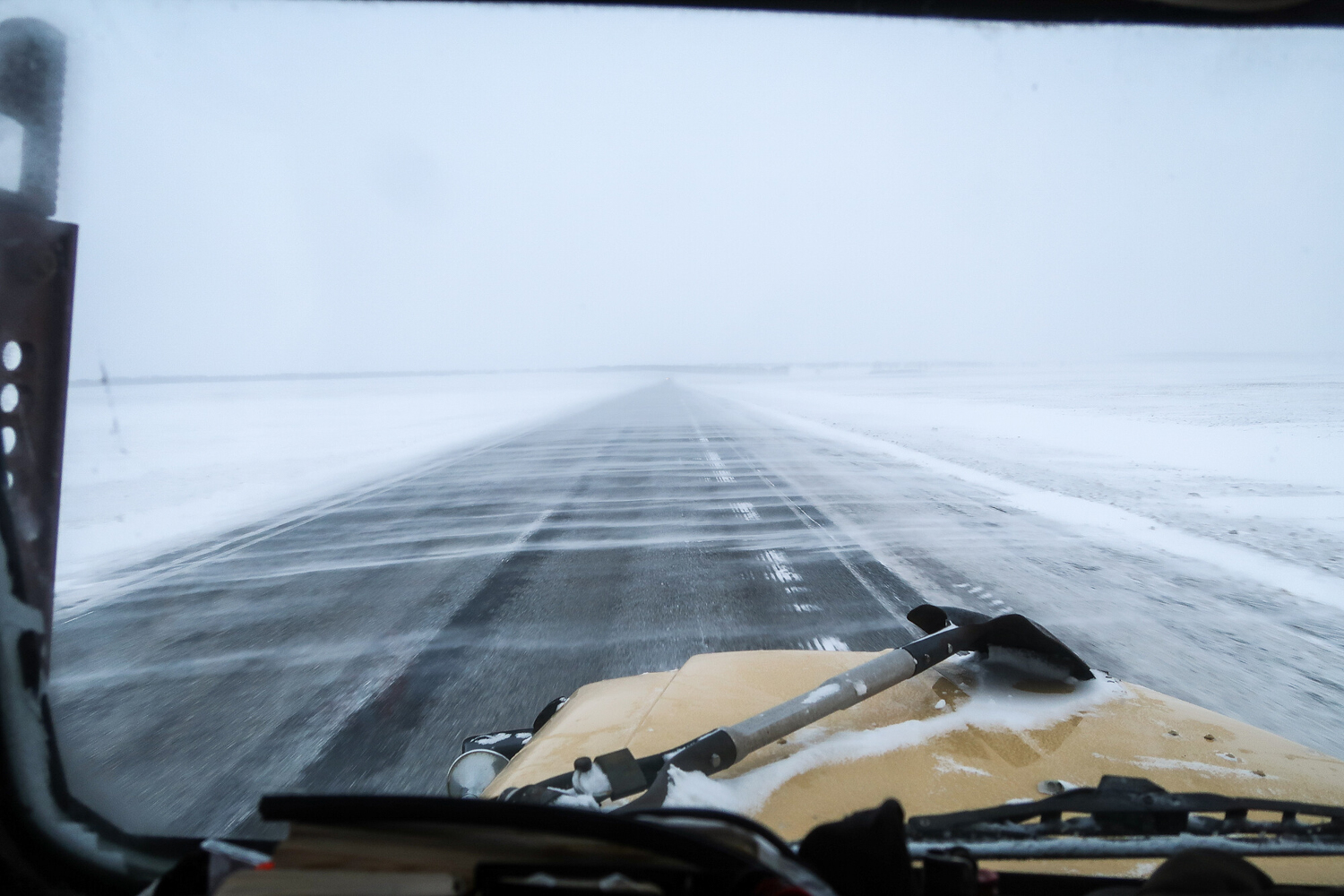
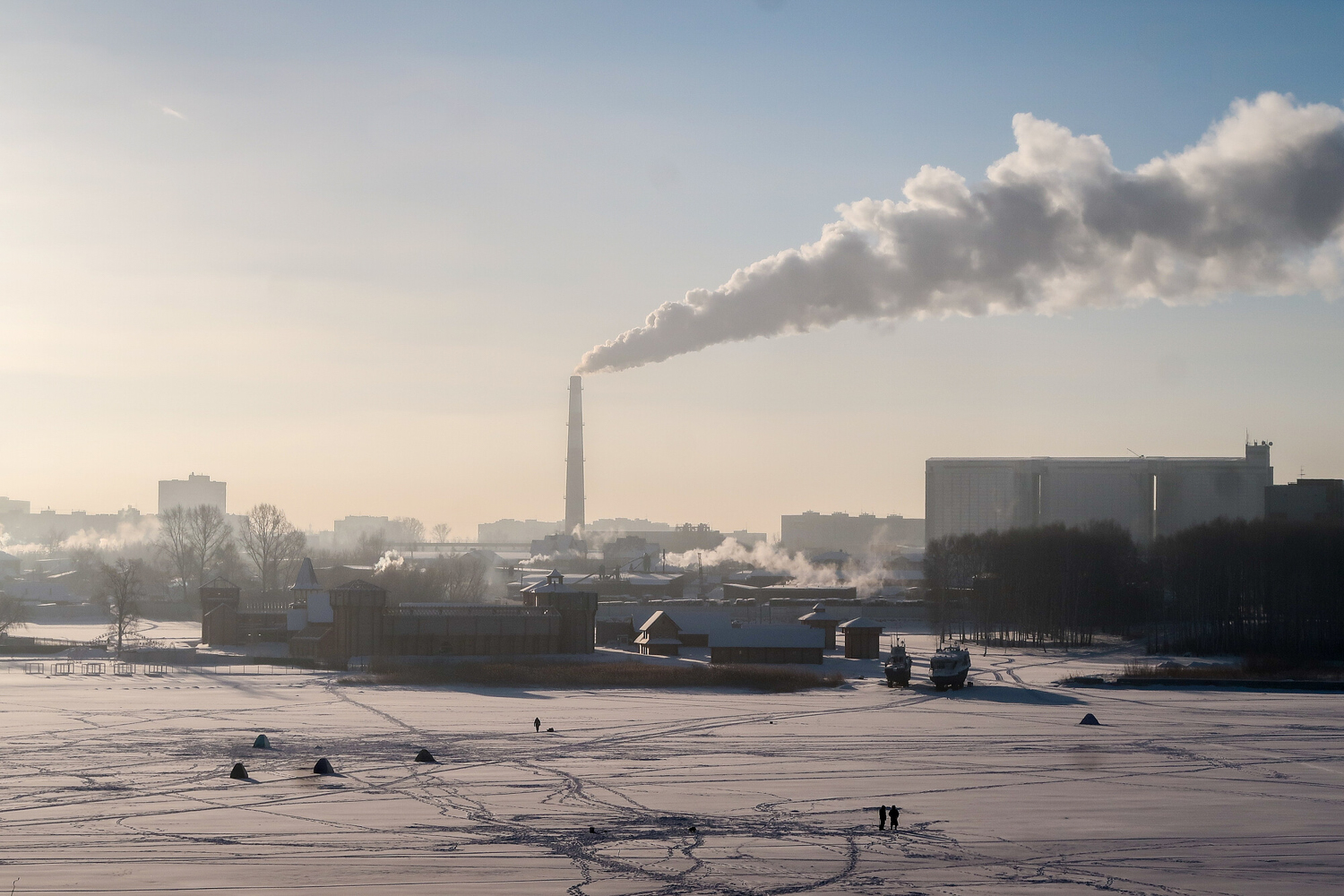
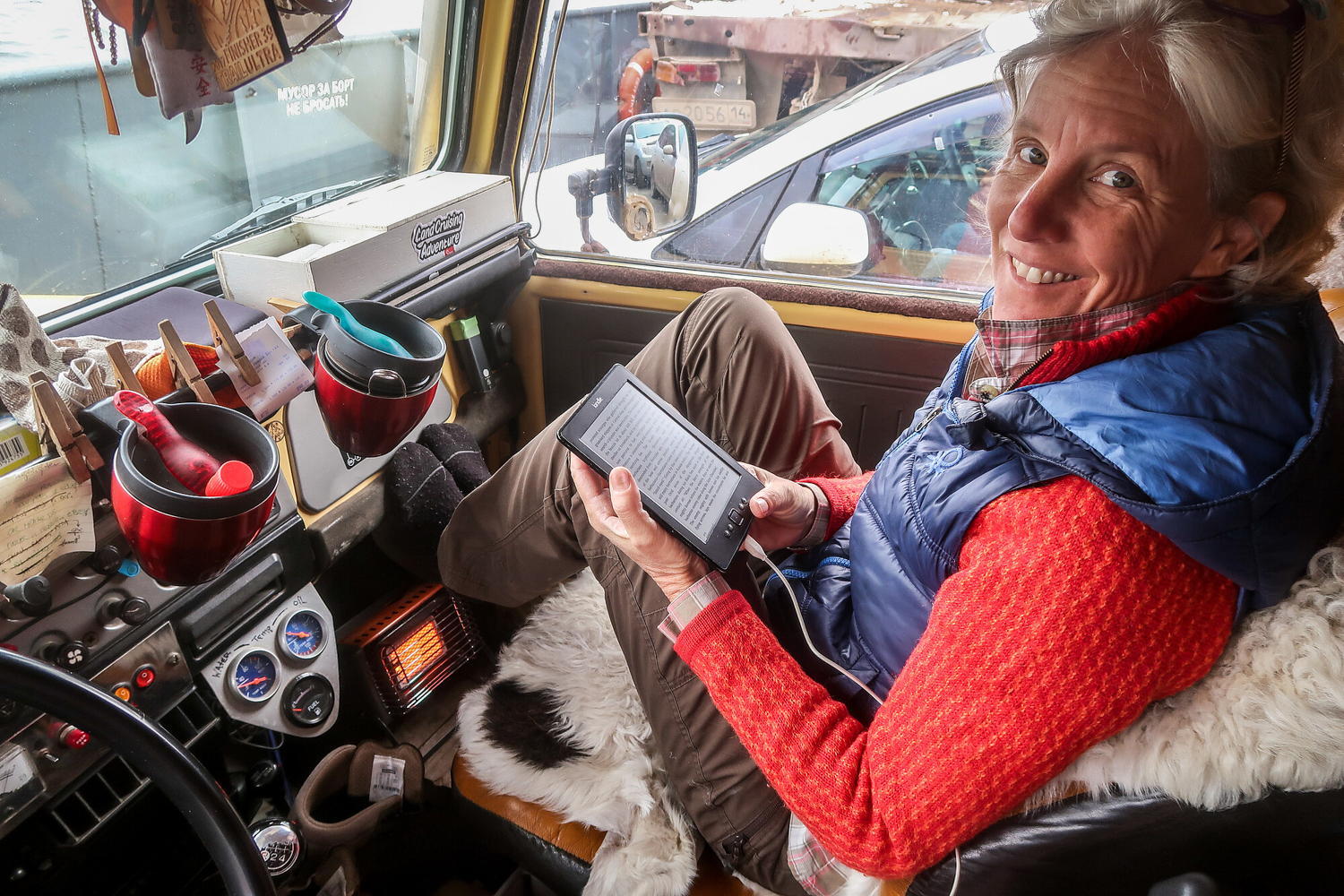
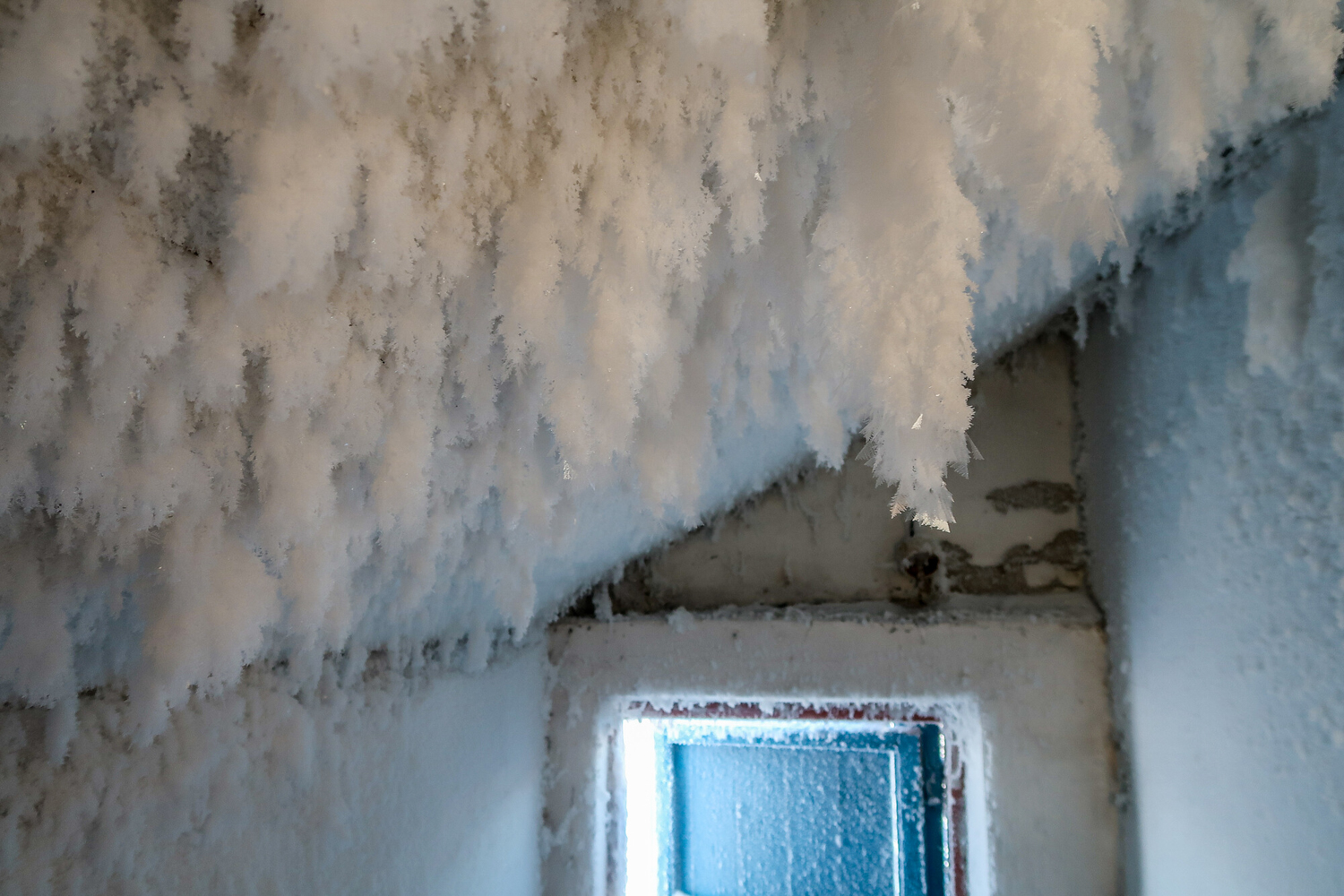

5. Travel Far Away From Crowded Places
Overlanding into the back of beyond arguably can’t get any better than in Siberia. Far from the oft-visited cities of Moskow and St. Petersburg, and away from the popular Trans-Siberian Railway you can travel in the region for weeks on end without meeting a foreigner. (But including a section by train on the Trans-Siberian or the BAM railway does add to the experience.) To give you an idea, driving from Irkutsk to Yakutsk via the “backroad” (western side of Baikal) requires a three-day boat ride on the Lena River. There is no road connecting the towns—except in winter when the river becomes the highway.
In modern-day world travel, being by yourself for long periods of time, solely meeting local people, has almost become a rarity. In Siberia, however, you’ll have plenty of that.
